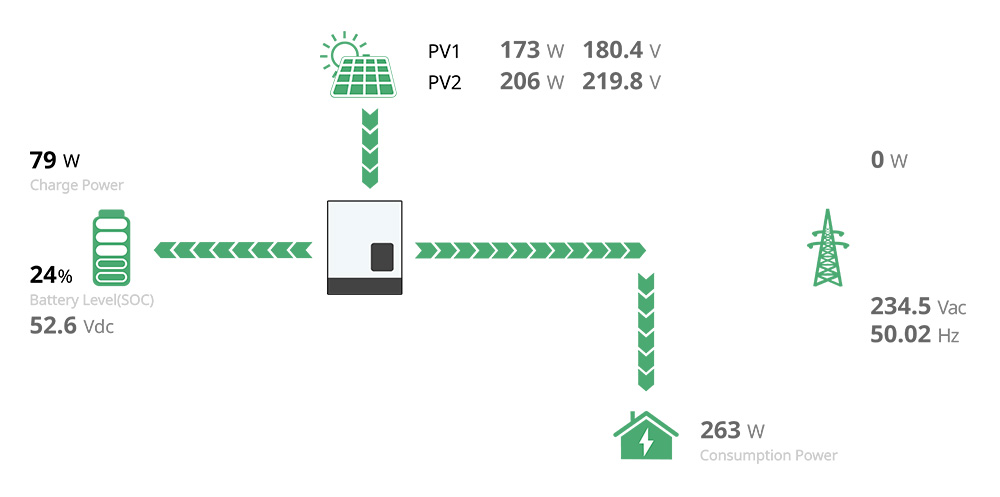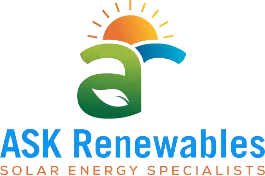Battery Storage and Hybrid Systems from ASK Renewables
Battery storage is the most efficient way to manage your power and your bills
Modern battery storage and power management from ASK
If you have a solar PV system, you’ll want to make sure you’re using as much of the power you generate as possible. Battery storage allows you to save the power your solar panels produce so you can use it when you need it most or when electricity from the grid is at peak rate. In this way, storage systems help you reduce your electricity bills, potentially earn you money through exporting your excess power to the grid, as well as reduce your carbon footprint.
Take charge of your own power. Contact ASK for a quote now.
How a battery system works
All day, your solar PV system harnesses energy from the sun but if you’re out at work, then you’re not home to use it. Battery storage allows you to store that energy until you return home and need to start using the lights, appliances, etc., at which point, the battery will release the power for you to use. This way, you use the power you’ve generated, saving money by drawing less power from the grid at peak times when it’s more expensive. Depending on your electricity supplier, you may also be able to sell excess power back to the grid.
Whether a battery storage system is right for your home depends on when and how you use your electricity. If your solar generation is higher than your use of electricity during the day, then a battery storage system may save you money by reducing your reliance on the grid
As an MCS certified installer we offer battery storage systems installed to a professional standard. ASK Renewables can help you determine if battery storage is right for you and if so, which one to choose.

Your online monitoring system gives you all the information you need to actively manage your power usage in line with your generated energy.
ACTIVELY MANAGING YOUR POWER
SAVES MONEY AND THE ENVIRONMENT
Our prices are transparent, fair and consistent
A fully trained surveyor will design your perfect system
We optimise your energy generation, increasing your returns
Fully trained engineers usually complete your install in a day


